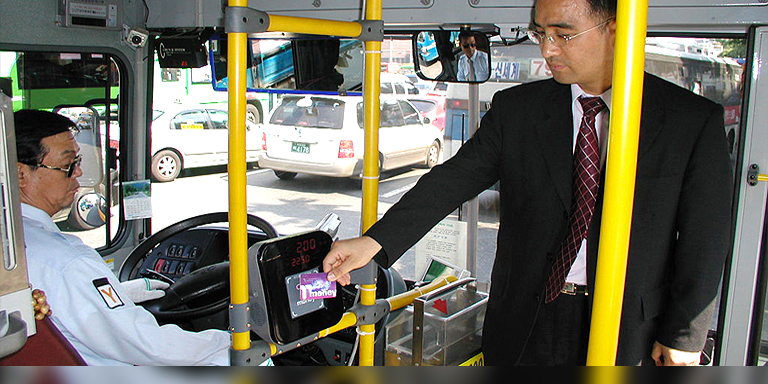In the fast-paced realm of travel, the concept of fare is undergoing a dynamic evolution, shaped by technological advancements, changing consumer preferences, and global events. As we step into a new era of exploration, it’s crucial to delve into the emerging trends and transformations that are redefining the way we pay for our journeys.
Table of Contents
Toggle1. Digital Disruption: The Rise of Contactless Fare Systems
Gone are the days of paper tickets and cumbersome cash transactions. The digital revolution has ushered in a new era of convenience with contactless fare systems. From mobile payments to RFID technology, travelers now enjoy seamless and efficient ways to pay for their fares https://www.thehawaiireporter.com/ making the entire process smoother and more accessible.
2. Dynamic Pricing: Decoding the Fare Fluctuations
The advent of big data analytics has given rise to dynamic pricing models in the travel industry. Airlines, ride-sharing services, and even public transportation providers are now leveraging data to adjust fares in real-time based on demand, time of day, and other factors. Understanding how dynamic pricing works can empower travelers to make more informed choices and perhaps even snag a deal.
3. Sustainable Travel: The Eco-Friendly Fare Frontier
With an increasing focus on environmental sustainability, travelers are becoming more conscious of their ecological footprint. Airlines and other transportation services are responding by introducing eco-friendly initiatives and even incorporating carbon offset options into fare structures. Exploring the intersection of travel and sustainability opens up a dialogue about responsible fare choices and their impact on the planet.
4. Subscription Services: Unlocking the All-Access Fare Pass
Subscription models are no longer limited to streaming services; they’ve found their way into the travel industry. The rise of subscription-based fare plans offers travelers the convenience of all-access passes, allowing them to explore various modes of transportation at a fixed monthly cost. This shift could potentially redefine the way we approach travel expenses.
5. Post-Pandemic Paradigm: Adapting Fares to a Changed World
The COVID-19 pandemic has significantly influenced the travel landscape. From flexible fare policies to enhanced safety measures, the industry has had to adapt swiftly. Exploring the lasting effects of the pandemic on fare structures reveals a new era of resilience, where adaptability and responsiveness are paramount.
Conclusion: Charting a Course into the Future
As we navigate the ever-changing currents of the travel industry, understanding the nuances of fare becomes crucial for both providers and consumers. Whether it’s embracing digital innovations, supporting sustainable practices, or adapting to a post-pandemic paradigm, the world of fare is undoubtedly evolving. By staying informed and engaged, we can collectively shape a future where the journey is not just about the destination but the experience of getting there.

